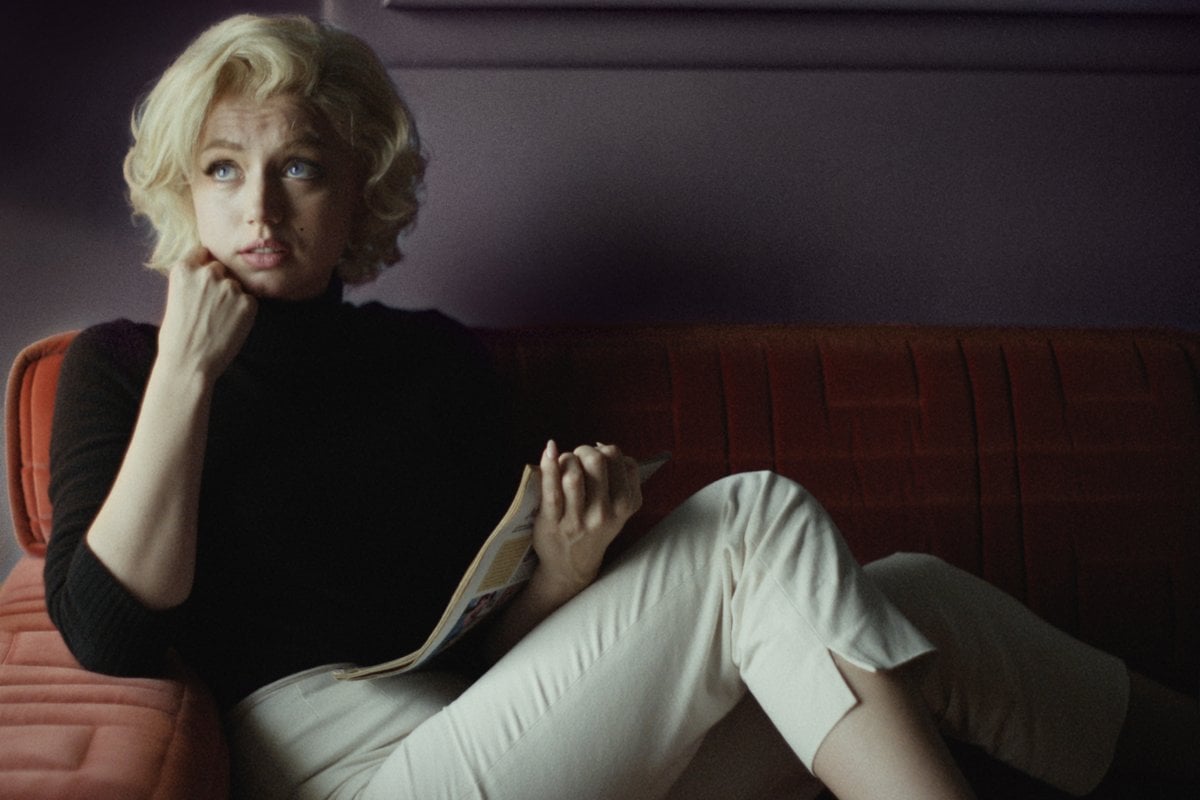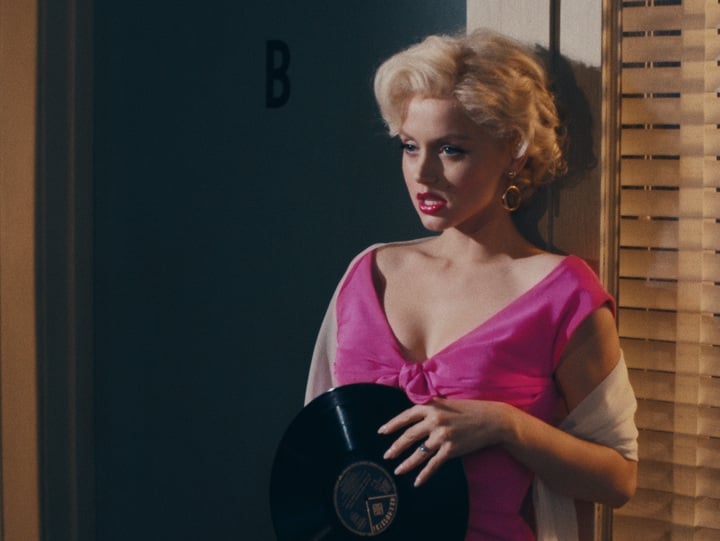
This post contains mentions of sexual assault and child loss, and may be triggering to some readers. There are also spoilers within in this post for Blonde.
Netflix's controversial new film Blonde had an idyllic entry into the world.
The fictionalised take on the life of Marilyn Monroe, based on the 2000 novel of the same name by Joyce Carol Oates, debuted at Venice Film Festival to ravenous media coverage. With a premiere that featured the movie's leading lady Ana de Armas and producer Brad Pitt gliding down the red carpet before receiving a rapturous 14-minute standing ovation at the film's conclusion.
But when Blonde finally premiered on the streaming service last week, the tide quickly began to turn.
In the face of almost universal criticism against the movie, Blonde's writer and director Andrew Dominik, along with Joyce Carol Oates herself, have been quick to assure audiences the story blends real moments from Marilyn's life with made-up events.
At the same time, there's also a strong chance that many viewers will not be well enough acquainted with the icon's life to tell the difference between fact and fiction.
Watch the trailer for Blonde here. Post continues after video.

Top Comments